StreetShark
TPF Noob!
- Joined
- Mar 11, 2007
- Messages
- 219
- Reaction score
- 0
I've been looking at alot of landscape shots and studying them to see what I like about them. The thing is to my understanding alot of the don't really have a focal point and when I try to take a landscape photo they never come out right without a focal point. So can some one tell me what makes a good landscape photo? I know it's different for every one but I just cant achieve the effect im looking for. and I find it hard to compose a shot with out a focal point. Should I use a mountan or some clouds as my focal point? Maybe even a tree? I really need help here.



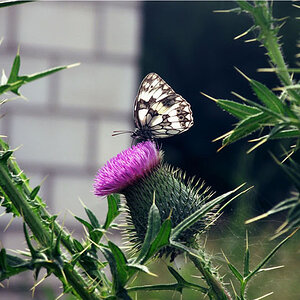
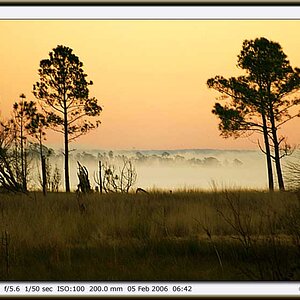
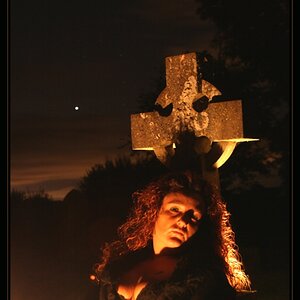
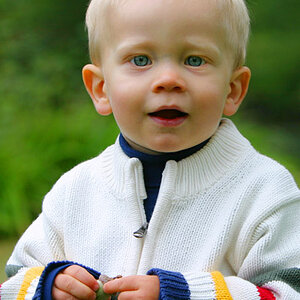
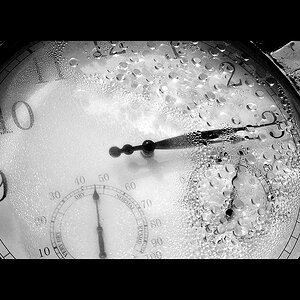

![[No title]](/data/xfmg/thumbnail/39/39645-11fae384f9fd2ec2813acc42adec0206.jpg?1619739148)
![[No title]](/data/xfmg/thumbnail/30/30990-df3df397f705643bc2c207cc9d579d08.jpg?1619734554)
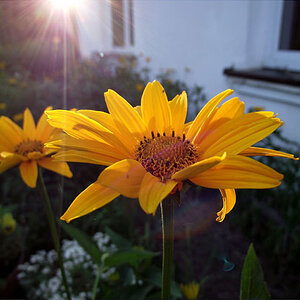
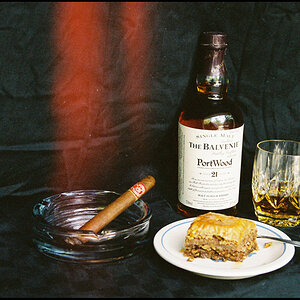
![[No title]](/data/xfmg/thumbnail/37/37540-73002ccb910b97978bc38658622a34d3.jpg?1619738133)